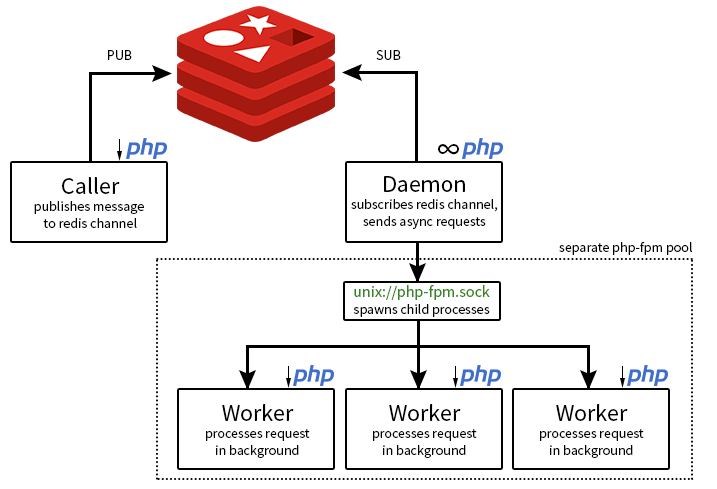

Redis is an open-source in-memory data structure project implementing a distributed, in-memory key-value database with optional durability. Redis supports different kinds of abstract data structures, such as strings, lists, maps, sets, sorted sets, hyperloglogs, bitmaps, streams and spatial indexes. |
Redis typically holds the whole dataset in memory. Versions up to 2.4 could be configured to use what they refer to as virtual memory in which some of the dataset is stored on disk, but this feature is deprecated. Persistence is now achieved in two different ways: one is called snapshotting, and is a semi-persistent durability mode where the dataset is asynchronously transferred from memory to disk from time to time, written in RDB dump format. Since version 1.1 the safer alternative is AOF, an append-only file (a journal) that is written as operations modifying the dataset in memory are processed. Redis is able to rewrite the append-only file in the background in order to avoid an indefinite growth of the journal.
By default, Redis writes data to a file system at least every 2 seconds, with more or less robust options available if needed. In the case of a complete system failure on default settings, only a few seconds of data would be lost.
Below diagram shows a PHP daemon subscribing to redis channels and executing commands async on the php-fpm socket.

Reference: https://hollo.me/php/experimental-async-php-volume-1.html
Other references good to know